Foods, Free Full-Text
Por um escritor misterioso
Last updated 02 junho 2024
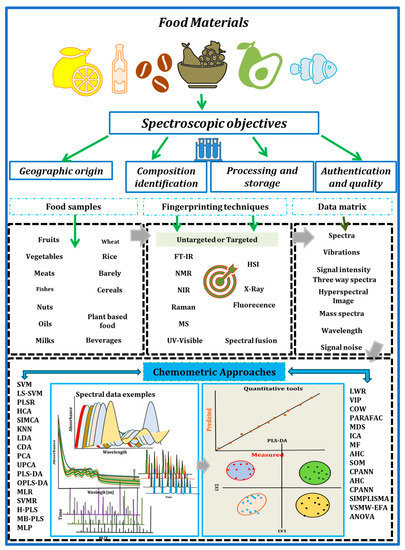
In today’s era of increased food consumption, consumers have become more demanding in terms of safety and the quality of products they consume. As a result, food authorities are closely monitoring the food industry to ensure that products meet the required standards of quality. The analysis of food properties encompasses various aspects, including chemical and physical descriptions, sensory assessments, authenticity, traceability, processing, crop production, storage conditions, and microbial and contaminant levels. Traditionally, the analysis of food properties has relied on conventional analytical techniques. However, these methods often involve destructive processes, which are laborious, time-consuming, expensive, and environmentally harmful. In contrast, advanced spectroscopic techniques offer a promising alternative. Spectroscopic methods such as hyperspectral and multispectral imaging, NMR, Raman, IR, UV, visible, fluorescence, and X-ray-based methods provide rapid, non-destructive, cost-effective, and environmentally friendly means of food analysis. Nevertheless, interpreting spectroscopy data, whether in the form of signals (fingerprints) or images, can be complex without the assistance of statistical and innovative chemometric approaches. These approaches involve various steps such as pre-processing, exploratory analysis, variable selection, regression, classification, and data integration. They are essential for extracting relevant information and effectively handling the complexity of spectroscopic data. This review aims to address, discuss, and examine recent studies on advanced spectroscopic techniques and chemometric tools in the context of food product applications and analysis trends. Furthermore, it focuses on the practical aspects of spectral data handling, model construction, data interpretation, and the general utilization of statistical and chemometric methods for both qualitative and quantitative analysis. By exploring the advancements in spectroscopic techniques and their integration with chemometric tools, this review provides valuable insights into the potential applications and future directions of these analytical approaches in the food industry. It emphasizes the importance of efficient data handling, model development, and practical implementation of statistical and chemometric methods in the field of food analysis.
Food Service / Free/Reduced Meals & Applications
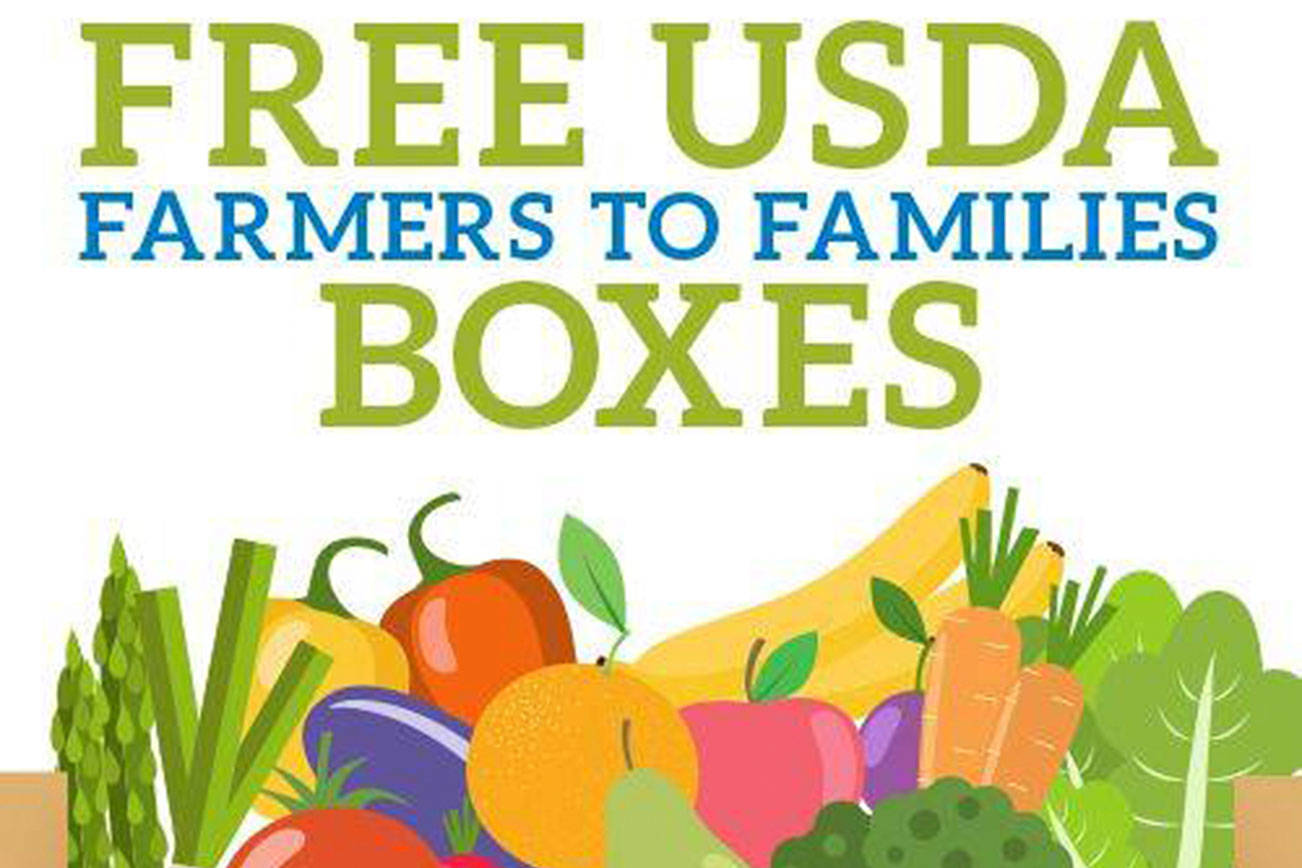
Food boxes to be given away to Federal Way School District

Freedom Foods Gluten Free All Around Cereal, Original, 8.8 Oz
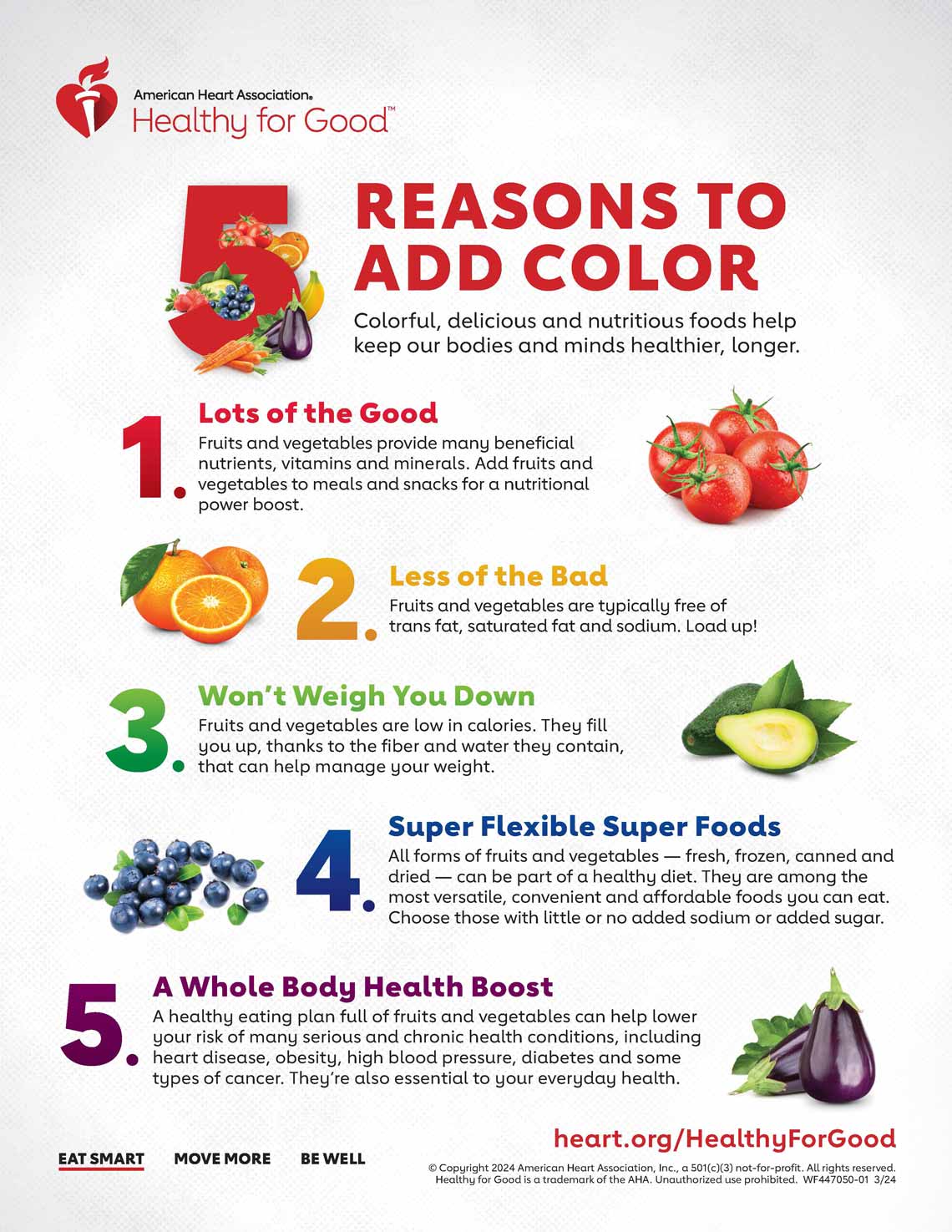
5 Reasons to Eat More Color Infographic
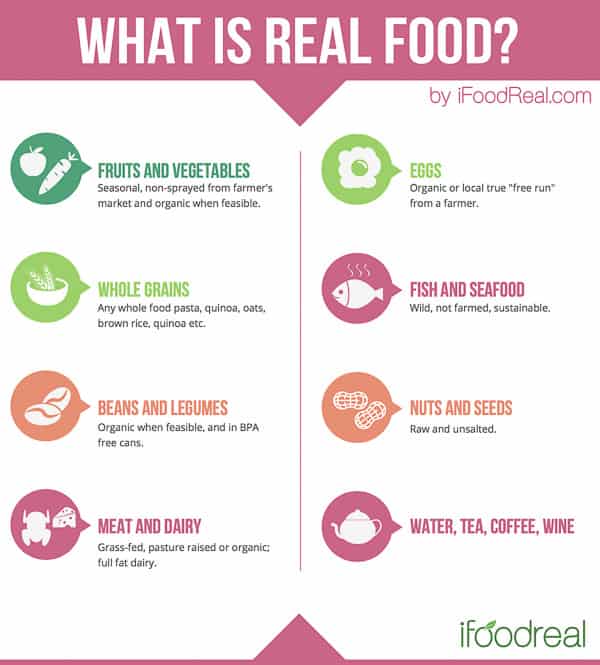
What Is Real Food

21 Day Fix Meal Plan Vol. 13 (All Meals, All Brackets
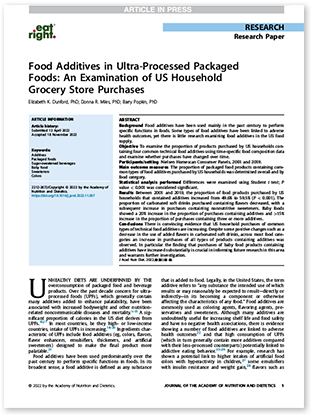
Over half of foods and beverages purchased by Americans contain
Printable Keto Food List PDF - Whole Lotta Yum
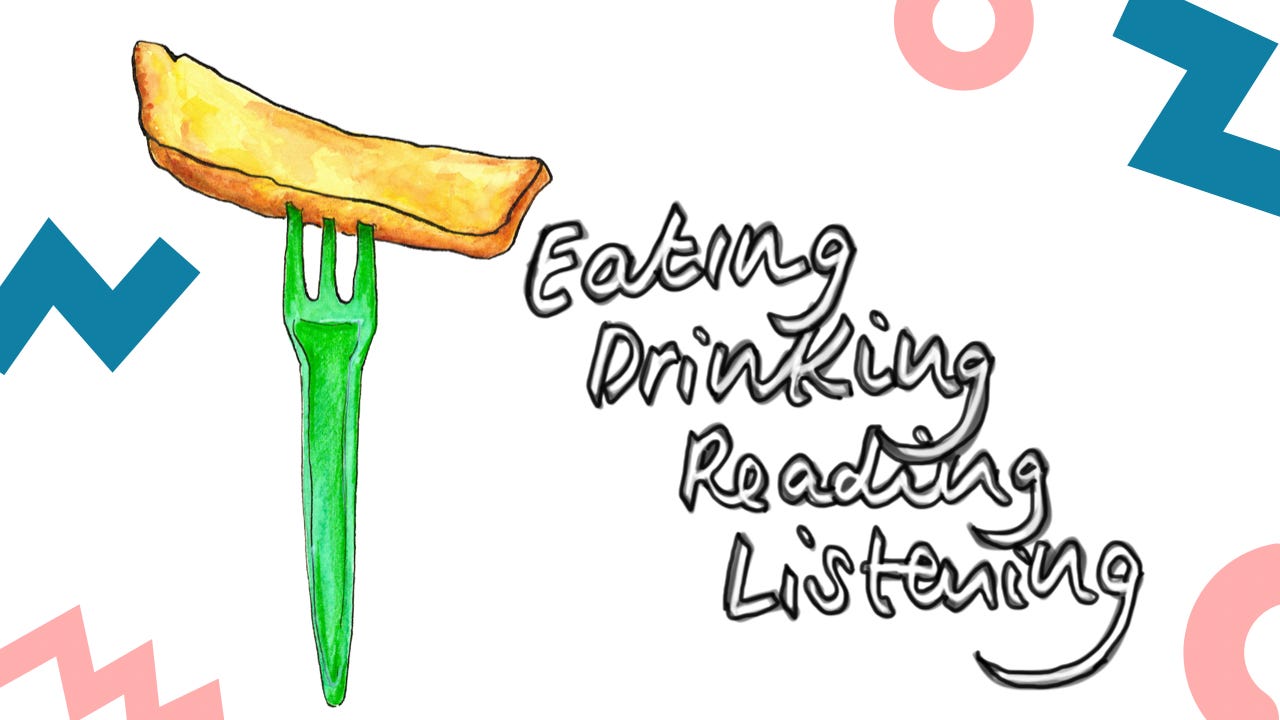
What We're Reading, Eating & Watching

Full Flavor Foods Gluten Free Turkey Gravy Mix, 1.06 oz (30g

MCS Meals Massena Central School District
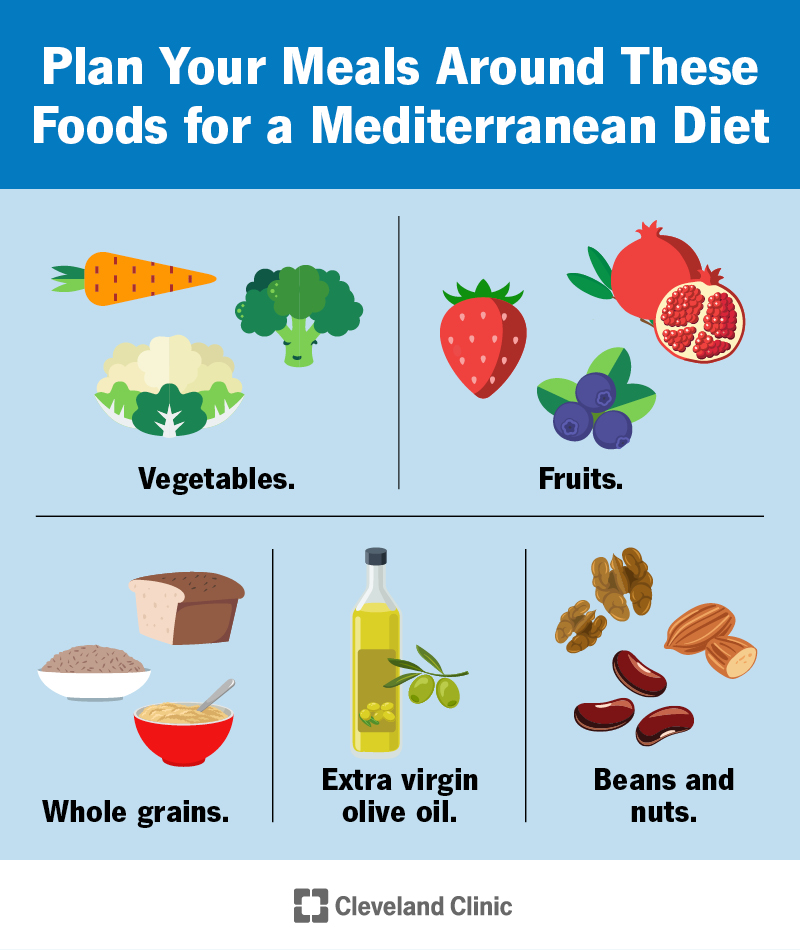
Mediterranean Diet

Food Text Effect Images - Free Download on Freepik

Ingredients For Good - We Don't Waste

21 Day Fix Meal Plan Vol. 11 {All Meals, All Brackets
Recomendado para você
-
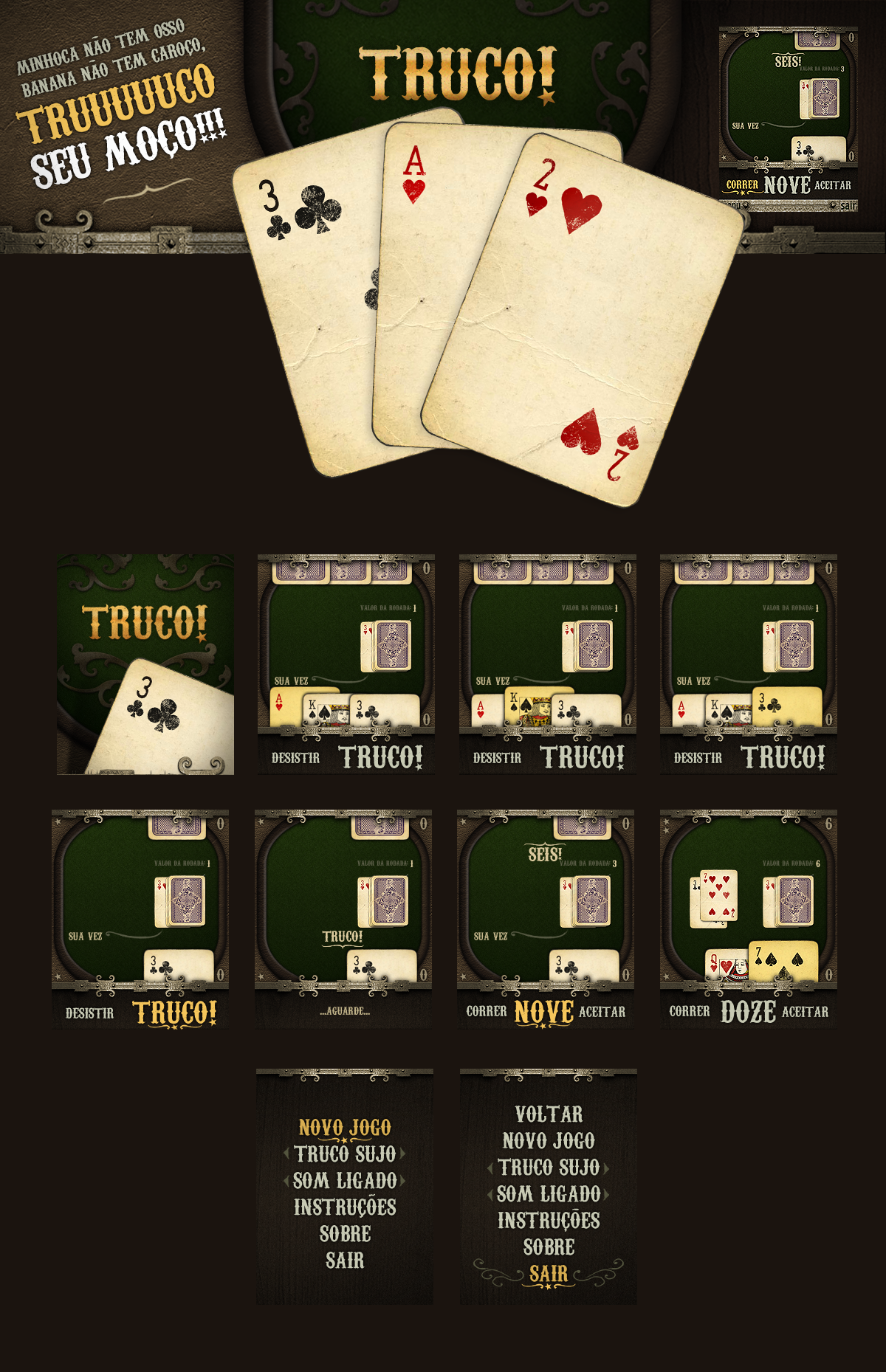 Truco! on Behance02 junho 2024
Truco! on Behance02 junho 2024 -
Eu sou uma banana #jogos #jogosdetabuleiro #diversao #amigos #memes #e02 junho 2024
-
Little Hand Doctor for Android - Download the APK from Uptodown02 junho 2024
-
 Playing card Truco offline, others, game, online Casino, casino png02 junho 2024
Playing card Truco offline, others, game, online Casino, casino png02 junho 2024 -
peanuts #brainteaser #braingame #brainbuster #trick #challenges #bet02 junho 2024
-
 Como ganar muchas bananas en banana kong02 junho 2024
Como ganar muchas bananas en banana kong02 junho 2024 -
 TAPAS Diciembre 2019 - Enero 2020 (Digital)02 junho 2024
TAPAS Diciembre 2019 - Enero 2020 (Digital)02 junho 2024 -
 Banana - Jogos Online - Games - Terra02 junho 2024
Banana - Jogos Online - Games - Terra02 junho 2024 -
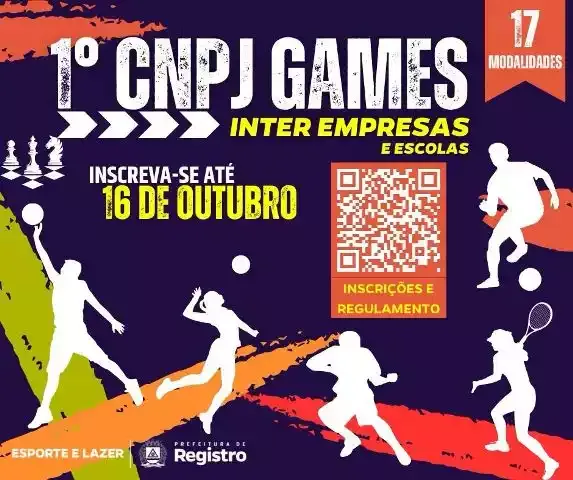 Inscrições abertas para o 1 CNPJ GAMES em Registro-SP02 junho 2024
Inscrições abertas para o 1 CNPJ GAMES em Registro-SP02 junho 2024 -
 Crochet Pooh Bear Plushie Keychain 100% Cotton Blend Cute - Denmark02 junho 2024
Crochet Pooh Bear Plushie Keychain 100% Cotton Blend Cute - Denmark02 junho 2024
você pode gostar
-
New Freebitcoin Script, PDF, Financial Technology02 junho 2024
-
 Fortnite World Cup Finals - Solo - Liquipedia Fortnite Wiki02 junho 2024
Fortnite World Cup Finals - Solo - Liquipedia Fortnite Wiki02 junho 2024 -
 Anime fight Anime fight, Anime wallpaper, Anime02 junho 2024
Anime fight Anime fight, Anime wallpaper, Anime02 junho 2024 -
 Rádio Peão Brasil – Wikipédia, a enciclopédia livre02 junho 2024
Rádio Peão Brasil – Wikipédia, a enciclopédia livre02 junho 2024 -
 Zoro Santoryu Rengoku Onigiri02 junho 2024
Zoro Santoryu Rengoku Onigiri02 junho 2024 -
 Skin Editor for Minecraft 3D APK Download 2023 - Free - 9Apps02 junho 2024
Skin Editor for Minecraft 3D APK Download 2023 - Free - 9Apps02 junho 2024 -
 Clearance - The Arkhangelsk Variation Of The Ruy Lopez - Volume 102 junho 2024
Clearance - The Arkhangelsk Variation Of The Ruy Lopez - Volume 102 junho 2024 -
 I Hit TOP 250 RANKED on Warzone..02 junho 2024
I Hit TOP 250 RANKED on Warzone..02 junho 2024 -
 O Palmeiras não tem Mundial02 junho 2024
O Palmeiras não tem Mundial02 junho 2024 -
 Vela Aniversário Palito Grande Branco e Dourado 6 Unidades02 junho 2024
Vela Aniversário Palito Grande Branco e Dourado 6 Unidades02 junho 2024



